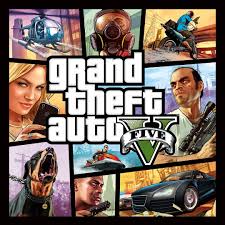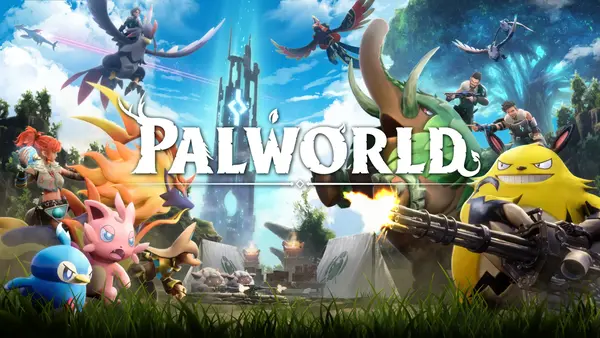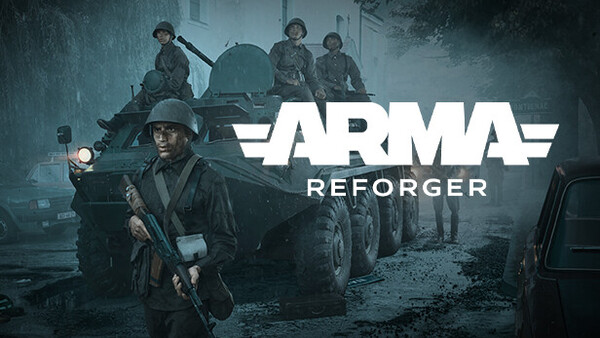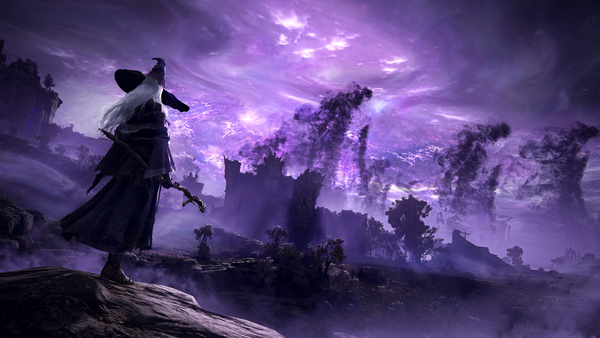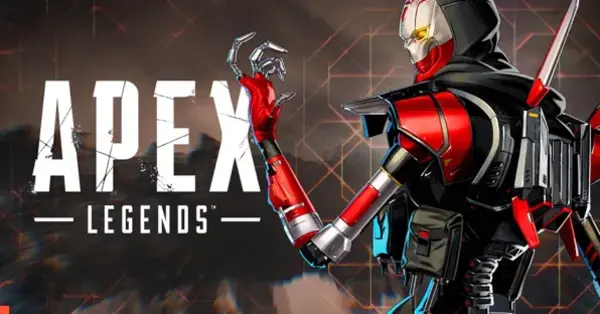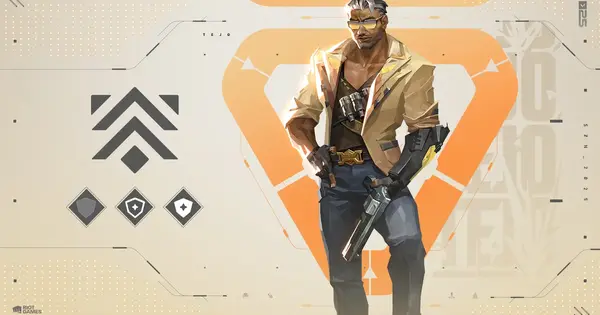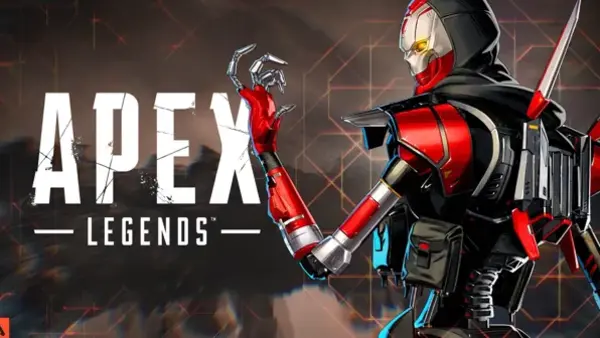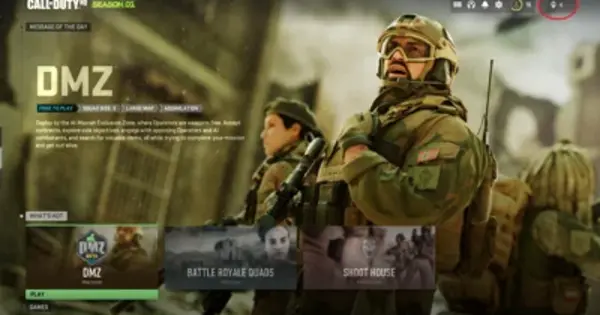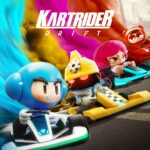1. Origins and Development (2014–2020)
From KartRider to KartRider: Drift
KartRider originally launched in South Korea in 2004 as a PC-exclusive online racing game. It quickly became a sensation in Asia, especially in Korea and China, where it cultivated massive player communities. For many years, it remained largely unknown in the West. Recognizing the global demand for competitive and casual kart racers, Nexon began developing KartRider: Drift in 2014 as a spiritual successor with worldwide appeal.
Engine, Design, and Vision
Built using Unreal Engine 4, KartRider: Drift was designed from the ground up to offer modern lighting, physics, and a clean user interface while retaining the fun, colorful aesthetic that defined the original game. The development team emphasized accessibility, intending to release the game on PC, Xbox, and PlayStation, with cross-play and cross-progression as major selling points. From 2019 to 2020, several closed betas were conducted, focusing on tuning gameplay mechanics and listening to community feedback.
2. Official Launch and Reception (September 2022)
Global Rollout Strategy
KartRider: Drift entered global open beta in September 2022. Nexon’s release plan included widespread regional server support and promotional events leading up to launch. Marketing efforts spanned social media, partnerships with streamers, and esports previews, helping the game generate buzz outside of Asia.
Critical and Player Reception
The reception was mostly positive. Critics highlighted the game’s crisp visuals, smooth drifting mechanics, and the bold move toward free-to-play cross-platform gameplay. Players praised the low barrier to entry, even on consoles, and appreciated how deep the mechanics became at higher levels. Some initial criticisms focused on matchmaking imbalances and occasional lag, which Nexon addressed through patches.
3. Core Gameplay Mechanics
The Art of the Drift
Drifting is the soul of KartRider: Drift. Unlike many racers, where drifting is simply stylish, in Drift it's essential. Players build boost meters by executing controlled drifts around corners. The more precise the drift, the more boost you earn. Chaining these effectively across an entire track separates casual players from experts.
Boost Management and Timing
Boosts come in different levels. Beginners start with simple short boosts, but advanced players learn to chain boosts using wall drifts and tight angles. Timing is everything—activating boost too early or too late can lose you races. Mastering this system takes time and practice, making the game both easy to pick up and hard to master.
4. Tracks and Environments
Track Variety
KartRider: Drift features more than 30 tracks upon release, with more added each season. Track themes include neon city streets, icy mountains, abandoned factories, and even underwater tunnels. Each track includes unique challenges—some emphasize tight turns, while others favor straightaways and jump ramps.
Seasonal Track Rotation
Tracks rotate each season to keep gameplay fresh. Nexon also brings back legacy tracks from the original KartRider, giving veteran players a hit of nostalgia. Event-based tracks are introduced around global holidays, like the Lunar New Year or Halloween, often featuring special lighting effects or environmental hazards.
5. Customization and Vehicle Systems
Kart Tuning and Skins
Customization plays a major role in Drift. Players can personalize their kart’s appearance with skins, wheels, lights, and decals. Beyond cosmetics, karts can be tuned to suit different playstyles—some players prefer higher acceleration for tight maps, while others build for top speed on long circuits.
Avatars and Emotes
In addition to vehicle customization, players can equip avatars with costumes and expressive emotes. Themed outfits—ranging from astronaut suits to samurai armor—add flair to your racing identity. Emotes are especially popular in team modes, allowing quick communication or celebration during victories.
6. Game Modes: Solo, Team, Time Attack
Standard and Ranked Races
The core of the game lies in its 8-player races, which come in both casual and ranked forms. Casual races are ideal for learning the game or racing with friends. Ranked mode introduces matchmaking based on MMR (Matchmaking Rating) and offers leaderboard rankings, unlockable rewards, and seasonal progress resets.
Time Attack and Practice Modes
Time Attack mode allows players to race against their own best times or ghost data from top-ranked players. It’s a favorite among competitive players who want to refine their racing lines. Drift Practice mode is a safe space to experiment with new techniques or try out unfamiliar tracks.
7. DriftCraft and Community Creations
Track Building
DriftCraft is a creative suite where players design their own tracks. Using an intuitive interface, users can place ramps, hazards, checkpoints, and aesthetic decorations. Custom tracks can be shared publicly and rated by the community, adding replayability and creativity to the game.
Top Community Maps
Some community creations have gone viral—players have made puzzle-style courses, trap-filled mazes, or even tracks shaped like famous logos. Nexon periodically highlights these in-game and on social media, encouraging players to engage with community-built content.
8. Cross-Platform Play and Progression
Unified Progression
One of the most impressive features of KartRider: Drift is its support for true cross-platform play and progression. Whether you’re on PC, Xbox, or PlayStation, your progress and purchases carry over. This allows players to switch between devices without missing a beat.
Input Balancing and Optimization
To ensure fairness, Nexon has worked to balance mouse/keyboard and controller inputs. Aim assist and traction differences are minimal, and telemetry data is used to analyze whether one input method is statistically superior. Continuous tweaks help maintain fairness in ranked modes.
9. Esports and Competitive Scene
Tournaments and Leagues
KartRider: Drift has already established a strong foothold in esports. Weekly online tournaments and regional qualifiers feed into larger global events. The Drift World Championship invites top racers from each continent to compete for prize money and glory.
Commentary and Strategy
Esports broadcasts often include professional commentary, real-time stats, and in-depth strategy analysis. Viewers learn about boost chaining, drift angles, and kart selection—all of which influence high-level play. Top racers, like the legendary Korean player “Neo Drift,” have become minor celebrities.
10. The Future of KartRider: Drift
What’s Coming Next
According to Nexon’s roadmap, future updates include motorcycle-style karts, new race modes (like battle arenas), and enhanced social features. There are plans for a kart garage system, guilds, and track co-creation tools that allow teams to build collaboratively.
Longevity and Appeal
KartRider: Drift is poised for long-term success. Its seasonal model, combined with competitive depth and creative tools, ensures both casual and hardcore players stay engaged. If Nexon continues listening to the community and adapting, Drift may become one of the defining kart racers of the decade.
Conclusion
KartRider: Drift offers a dynamic blend of speed, strategy, and creativity. It honors the legacy of the original while introducing modern innovations like cross-platform play, seasonal content, and user-generated tracks. Whether you're a casual player looking for a fun race or a competitive gamer chasing the leaderboard, there's something in Drift for everyone. With its global player base, growing esports scene, and constant updates, KartRider: Drift isn’t just a revival—it’s the next evolution in kart racing games.


















